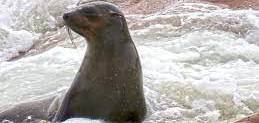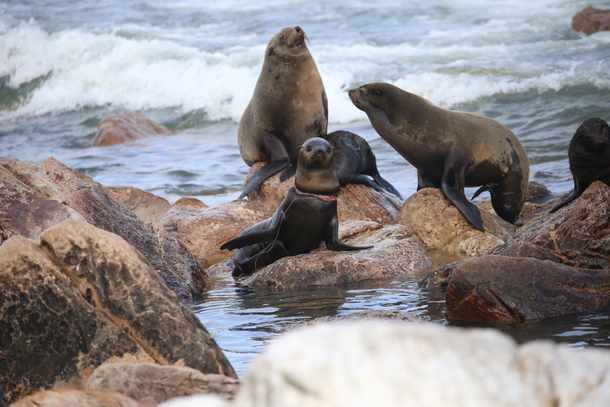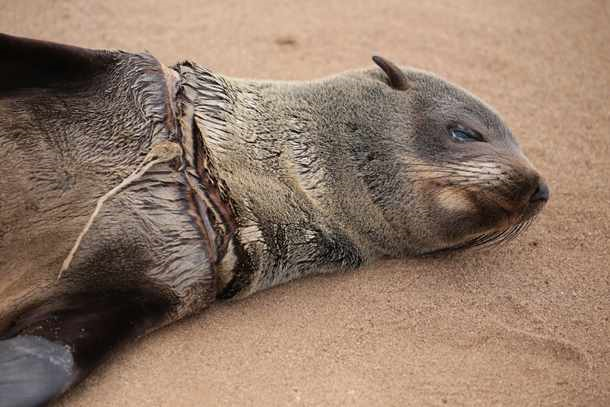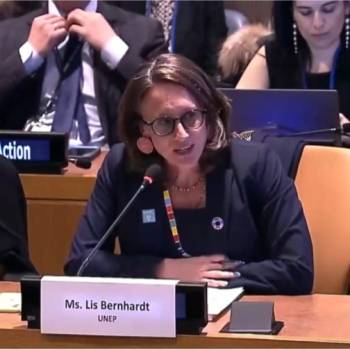
The horrific way plastic pollution endangers Cape fur seals
A recent study by the Sea Search-Namibian Dolphin Project and Ocean Conservation Namibia (OCN) at the University of Stellenbosch (SU) found that hundreds of Cape fur seals were in extreme danger of becoming trapped in sea lines. fishing and nets every year, due to plastic pollution causing horrific injuries and many slow and painful deaths.
The study was part of an ongoing project to investigate the impact of pollution on fur seals in Namibia. The first results were recently published in the Marine Pollution Bulletin. The research team aims to expand the project to South Africa. They have already started collecting data at Seal Island, False Bay and Hout Bay.
Ghost or driftnets strangle marine mammals, which often find themselves trapped in this extremely resistant plastic. Seals and sea lions are killed or maimed by this fatal encounter.
Plastic in the form of drifting waste is also a deadly scourge for marine animals who mistake them for food. Turtles, for example, which usually eat jellyfish, ingest plastic bags that block the functioning of their stomachs. Plastic waste can puncture the lining of the stomach, leaving the animal to starve.
Dr Tess Gridley, Lecturer in Botany and Zoology at SU and Co-Director of the Sea Search-Namibia Dolphin Project, said that "the most common injury to marine life was fishing line or fishing nets around the neck , and that many of the animals mentioned in their study were young seals. "
Often, young animals get entangled in the nets. But the worry is that as they get older, the fishing line, net, or other plastic material gets tighter and tighter, cutting through skin, fat, and eventually muscle. “Plastic pollution and, in particular, drift fishing nets, have a significant impact on marine life. Once trapped, these seals face pain and their days are immediately numbered. Finding food becomes more difficult and the wounds can become deep and crippling, possibly causing death in many cases, ” said Gridley.

Hundreds of Cape fur seals are threatened with death every year in horrific conditions, trapped in driftnets and in extreme danger of being entangled in fishing lines and nets every year, in due to plastic pollution, causing horrific injuries and many slow and painful deaths.

Photo: Dr Tess Gridley Sea Search-Namibian Dolphin Project (CC Colony Survey)
Namibia Ocean Conservation co-founder Naudé Dreyer said they had already unraveled more than 600 fur seals, in just two colonies, since the start of 2021 - and that was just the tip of the iceberg. “It is imperative that studies like this highlight the consequences of plastic litter on marine animals and make changes for the better,” Dreyer said.
Dr Gridley pleaded with the fisheries, plastics, waste disposal industries and governments to work together to find solutions to prevent plastics from entering the oceans and retrieve the fishing nets that continue to float in the ocean. Stephanie Curtis, research student and lead author of the Namibian Dolphin Project, said the impact of plastic pollution in the oceans was devastating
Posted on 2021-08-26 11:11








Comments